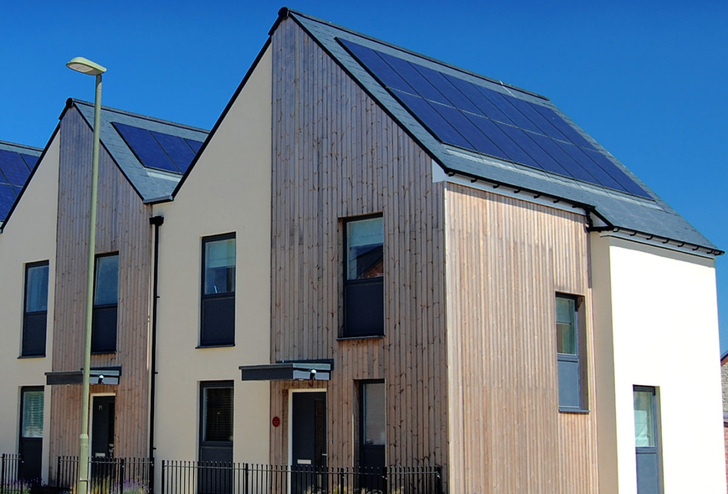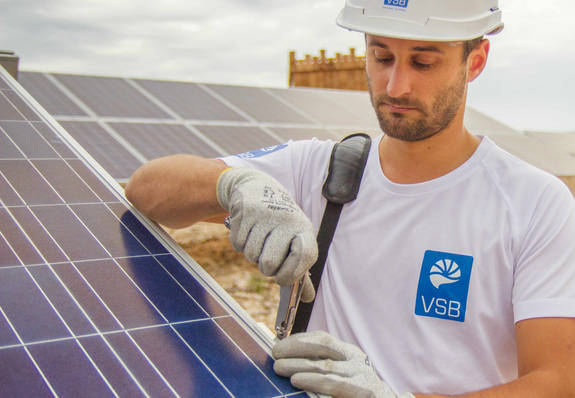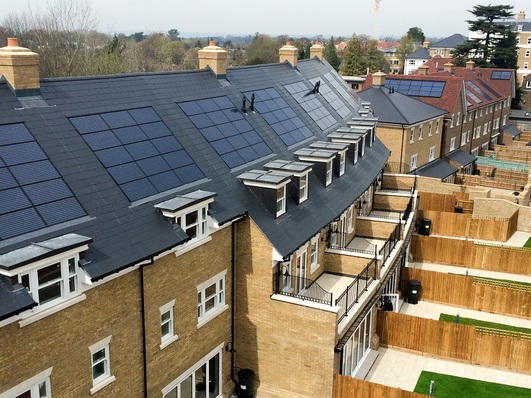On 1 October, 2019, the UK Ministry of Housing, Communities and Local Government published a consultation on the Future Homes Standard, regarding changes to Part L (conservation of fuel and power) of the Building Regulations for new dwellings.
The consultation sets out two options to uplift energy efficiency standards, one that would deliver a 20 per cent reduction in carbon emissions, based on “very high fabric standards”, and one that would deliver a 31 per cent carbon emissions reduction based on “the installation of carbon-saving technology such as photovoltaic panels and better fabric standards”.
Solar should be obvious choice
The latter is the ministry’s preferred option on the basis that “it would deliver more carbon savings and result in lower bills for the householder.” While a full response is still outstanding, the British Solar Trade Association has recently welcomed the government’s indication that it will favour the more ambitious decarbonisation option and set the construction and property industries on the path towards net zero emissions.
STA Chief Executive Chris Hewett said: “It is encouraging to see that solar, an affordable and popular technology, is highlighted in this consultation as a way to really cut down carbon emissions in new dwellings and reduce energy bills for residents. We welcome both the consultation and the government’s preference for Option 2, which in the context of net zero should be the obvious choice. It is high time England caught up with Scotland, and some leading local authorities, on housebuilding standards, which have been leading the way since 2015. Anecdotal evidence from our Scotland members suggests four in five new build properties are developed with solar fitted. We hope to see similar levels in the rest of the country very soon.”
Cost may be overestimated
The STA will be examining the impact assessment closely, but at first glance the costs of solar installation may be overestimated by the consultation. Solar is an established, but still rapidly improving set of technologies, with applications in electricity generation, energy storage and direct water heating. As housebuilders are now familiar with the technologies, lower installation costs will mean solar could provide more benefits to new home owners than the consultation suggests.
A survey conducted by Which? in 2018 found that 93 per cent of solar PV system owners were satisfied with it. Solar power is the UK’s most popular energy generation technology, consistently scoring over 80 per cent in public attitude tracker polls by the Department of Business, Energy and Industrial Strategy.
For more suggestions on how solar can be integrated with architecture, why not have a look our pv Guided Tour on BIPV at this year’s The Smarter E in Munich. (mfo)








